Grooved pipe fittings make running sprinkler pipe easy—even while working with threaded or flanged systems
Grooved pipe fittings have made pipe-joining easier for more than 100 years. Not all sprinkler pipe fittings are grooved—welded, flanged, and adhesive-based joining are options, too—but today, they’re a fixture of fire protection and a wide range of other industries. They offer significant time savings, reducing installation hours and the effort involved in inspection and maintenance.
Read on to learn about:
- Grooved systems and how an understanding of key terms makes choosing sprinkler pipe fittings easier
- Couplings and how they connect to almost any type of pipe
- Grooved caps—both for the end of pipe runs and for drainage
- Grooved elbows (both short- and large-radius)
- Tees, mechanical tees, wyes, and other flow-splitting grooved pipe fittings
There’s almost nothing grooved pipe fittings can’t do—but the sheer variety can be confusing
Let’s simplify the world of grooved pipe fittings a bit. Roughly speaking, these sprinkler pipe fittings are either:
- Couplings, which connect two things together (including pipes, valves, and any other device with grooved ends).
- Other fittings or accessories that connect to the piping system—typically, with couplings—and either change the direction water flows, change pipe sizes or types, act as an outlet, or stop the movement of water.
Grooved fittings for sprinkler pipes and plumbing are sized to fit the pipes they attach to—typically, from 2” to 12” in diameter. For applications involving especially large pipes (such as water mains or petroleum piping), manufacturers may offer far, far larger couplings, with some exceeding 6 feet in diameter.
Sprinkler pipe fittings with terminal adapters are used where a run of pipe ends. For example, a T-shaped fitting might have one threaded end designed to act as an outlet—often, one leading to a valve or fire sprinkler. Threaded 1/2″ and 3/4″ terminal adapters with National Pipe Thread (NPT) often connect to sprinkler heads, while 1“ threaded ends may connect to nipples or drain valves.
Also, drain caps (and a handful of other fittings) sometimes mention the words concentric or eccentric. These words describe the placement of the outlet: drains on concentric caps are in the center (much like a bullseye) while eccentric caps place the orifice off-center. The need for eccentric or a concentric cap depends on the pipe’s orientation. Pipes that run vertically may use either cap type, but horizontal pipes should use an eccentric drain with the plug or drain valve placed at the bottom to make sure that all water can drain from the pipe.
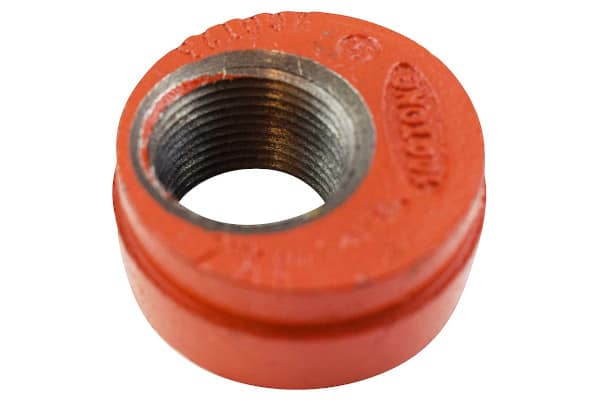
Couplings—both flexible and rigid—hold sprinkler pipes together even under dire circumstances
Almost every time a grooved pipe changes direction and/or elevation—and even, occasionally, when it doesn’t—you’ll find grooved couplings. These sprinkler pipe fittings generally connect two pipes or fittings of the same diameter: 4-inch pipes connect to 4-inch valves, 2-inch elbows to 2-inch pipes, and so on. These fittings are typically available in diameters up to 12”. And some manufacturers offer far larger models to accommodate pipes more than four feet tall.
In the world of piping, it’s hard to think of anything grooved fittings can’t connect to. Manufacturers offer couplings with both grooved and flanged ends—and even couplings with built-in reducers that allow installers to join two closely-spaced pipes of different sizes. Those reducing couplings are a big deal: while traditional reducing methods require two couplings (one for each pipe’s size) and a fitting lodged between them, coupling-type reducers provide the same benefits in a far more limited space.
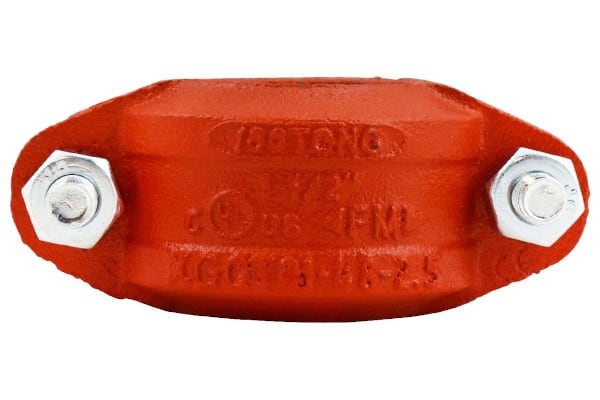
But there are variations between even standard couplings of the same size, with one of the most important being a coupling’s seismic readiness. Rigid couplings hold pipes together almost like a weld, forming straight, tight connections. Flexible couplings help fire sprinkler systems survive earthquakes by creating joints that bend as a building vibrates. Although rigid types are far more common, leading fire safety codes may require the use of flexible couplings in some buildings faced with intense vibration. To learn more about these requirements, check out our series on seismic design and fire sprinkler systems.
View our shopping list of grooved couplings and other sprinkler pipe fittings.
Caps, the simplest sprinkler pipe fittings, don’t just close off pipes’ open ends
When combined with the right coupling, a standard cap seals off the open end of a pipe or fitting. Although they’re fairly straightforward, each cap used should still be:
- Rated for the pressures faced by the system
- Properly sized to fit adjacent fittings
- Seated correctly with identifying marks facing outward and the coupling bolts fully secure
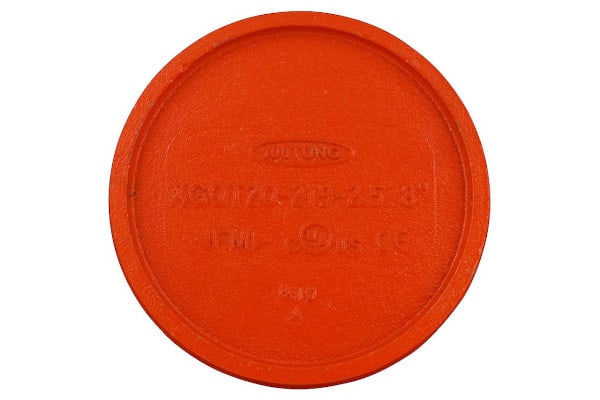
The end of a pipe can provide a convenient place to test or drain the system. As such, many manufacturers of grooved fittings offer specialized drain caps, which feature a threaded hole. As mentioned earlier, pipe orientation dictates which types of caps can be used:
- Eccentric caps, which have an off-center drain hole, should be used with horizontal pipes
- Concentric caps, which feature a centered drain, may be used with vertical pipes
These holes may connect to a drain valve or to a threaded plug, but the result is the same: maintenance professionals and facility managers have convenient access to a small, end-of-line outlet.
View our shopping list of grooved couplings and other sprinkler pipe fittings.
Choosing an elbow requires getting the right radius and angle of rotation
Elbow angles vary, but most offer either a quarter-turn (90-degree elbows) or an eighth turn (45-degree elbows). There are also smaller sixteenth-turn and thirty-second turn (22-1/2 and 11-1/4-degree) types.
Some of these sprinkler pipe fittings make the smallest rotation possible—while others bend in slightly larger arcs. Typically, a 90-degree “short-radius” elbow turns around a radius that’s the same as the pipe’s nominal diameter.
If, for example, you joined four 2” short elbows together in a circle, the center of that circle would be 2” away from the center of each elbow. With long-radius elbows, that distance is 1 1/2 times the pipe’s nominal diameter—so, the center of a circle formed by four 2” long elbows is 3” from the center of each elbow.

Choosing between short and long elbows may come down to cost and convenience: if all that matters is making a 90-, 45-, or lower-degree rotation, short-radius elbows generally offer lower costs. Short-radius elbows also make installations possible where space is at a premium. But tighter turns will result in slower flows and lower pressures than larger ones. Where maximizing pressure and flow rates matters, long-radius elbows offer better performance.
View our shopping list of grooved couplings and other sprinkler pipe fittings.
Mechanical and standard tees can expedite installation of sprinkler pipe fittings if chosen carefully
Tees, along with other fittings like wyes and crosses, send a single stream of water in two or even three directions. With crosses and wyes, that’s about all there is to it—with the right series of pipes and couplings, water can be delivered to multiple locations. Tees play a similar role, but with one additional twist: some feature threaded outlets that can connect directly to fire sprinklers (or threaded sprinkler nipples), acting as “terminal” fittings.
There’s also the matter of how a tee connects to pipes. Like wyes and crosses, standard tees may be installed in-line, using a coupling at each opening to connect to adjacent pipes and fittings. But manufacturers also offer mechanical tees, which secure without any additional couplings. Each sits atop a hole drilled in a pipe’s side, directing water to grooved pipes, threaded nipples, fire sprinkler heads, valves, or other outlets. Mechanical tees may secure with a U-bolt—a device typically found with smaller pipes—or may connect, like grooved couplings, by wrapping around the pipe serving as an inlet.
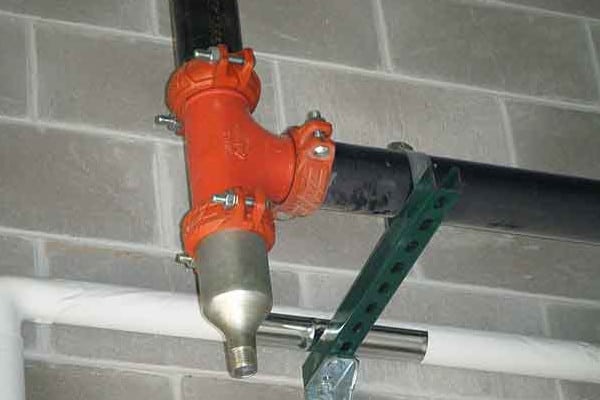
Get grooved sprinkler pipe fittings on your job site fast
We’ve put together a summary of our grooved pipe fittings catalog and the ways each fitting can make installing a sprinkler system easier. While no two jobs are identical, it’s a robust product line that helps contractors make a fluid transition between varied pipe sizes and types—even when turning sharp corners or installing in confined spaces.
Questions? Call us at +1 (888) 361-6662, email support@qrfs.com, or browse our full list of grooved products.
Shop Grooved Sprinkler Fittings & Couplings
Grooved End and Drain Caps |
|
Grooved Couplings |
|
Grooved Elbows |
|
Grooved Standard Tees |
|
Grooved Mechanical Tees |
|
This blog was originally posted at blog.qrfs.com. If this article helped you, check us out at Facebook.com/QuickResponseFireSupply or on Twitter @QuickResponseFS.


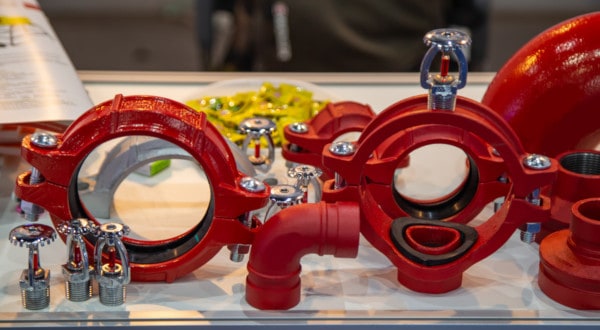
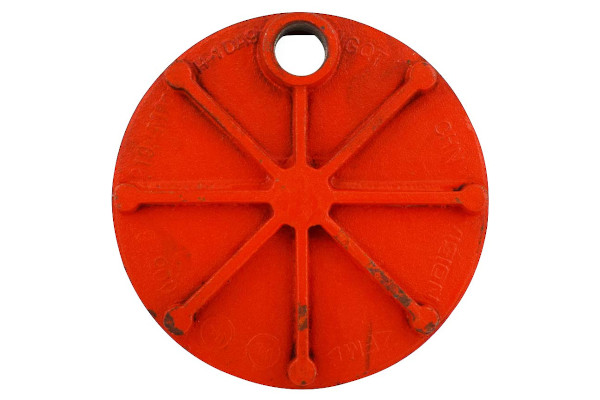
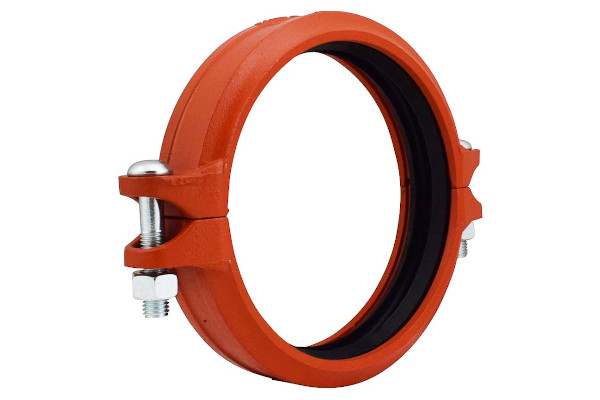
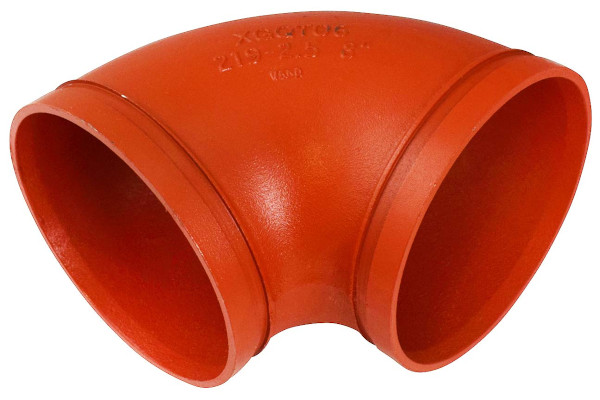
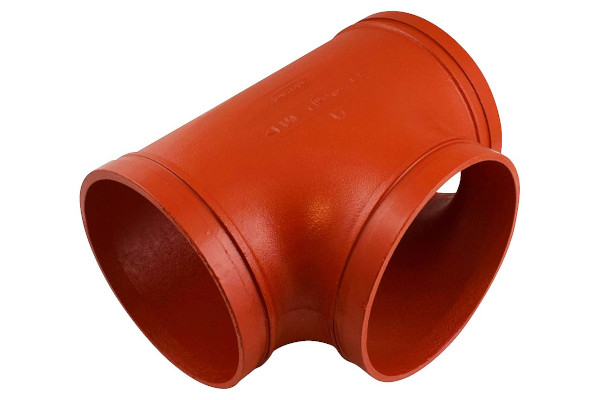
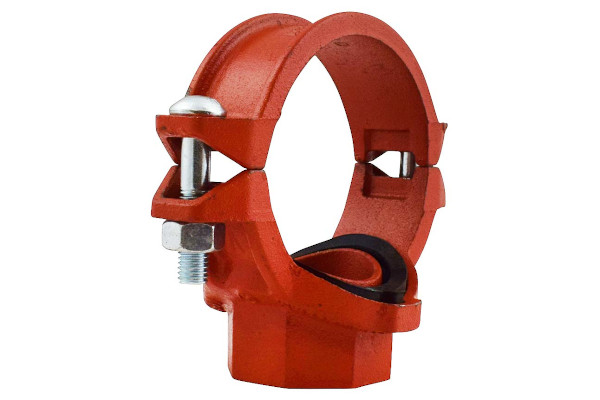
What holds the two pipes together? How does it not leak? Does the groove or the rubber keep the pipe from leaking? Please have some one with engineering or how they work call me. I would line some explanation on the actual technical info! Jeff STUTLER (843)260-3134
Jeff — please advise on your purpose so we know how to direct this request: 1. Are you interested in performance characteristics in anticipation of purchasing fittings, or 2. Do you need to know the technical detail on how these components work? Thanks.
Is there a mechanical clamp / tee that can be used at the sprinkler outlet intervals with the sprinkler head directly screwed into the clamp outlet?
Lloyd — Yes, that is exactly what some mechanical tees are designed to do. Those with a half-inch or 3/4 inch threaded outlet will fit the relevant fire sprinklers.
Hi,
I’m Wilward Harris from Jamaica and I have a sprinkler system project to complete before this Friday.
Would love to hear some prices for some pipe fittings.
Wilward — You can visit our online selection of pipe fittings and accessories, choosing the category you need, to review our prices. If you have questions or need help finding a specific item, please email QRFS customer service!
What the difference between firelock and traditionally groove fitting?
Ehab — Nothing major; they are grooved fittings specifically made by Victaulic. But Victaulic also makes an “installation-ready” version that has the couplings built in.